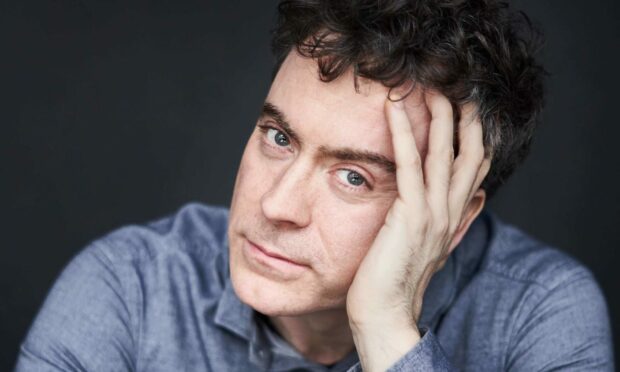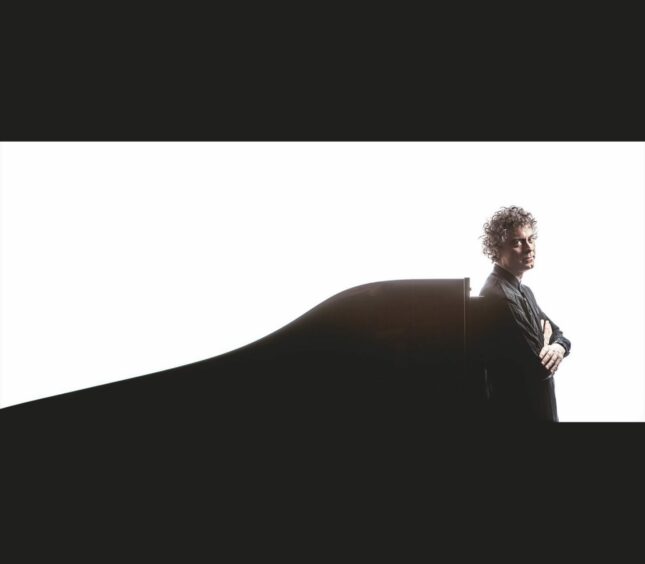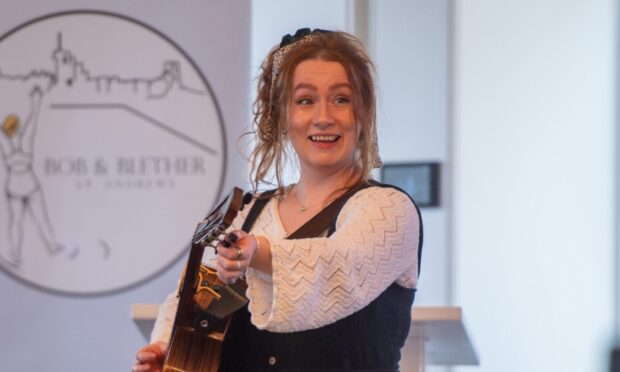Perth Concert Hall is a victim of its own success, partly due to the world class musicians who relish in its excellent acoustics and partly due to the endeavours of classical music director James Waters.
His programming is not only inventive but mouth-watering at the same time.
Spoilt for choice
In the space of five days we have been treated to three marvellous concerts – the BBC Scottish Symphony Orchestra with the BBC Singers, the Maxwell String Quartet and last but not least, on Tuesday night, pianist Paul Lewis.
Such an embarrassment of riches means folk are apt to pick and choose to what they go and see – and the majority decided to miss out the Lewis concert.
Missing out meant they DID miss out: miss out on an evening of brilliance, superb interpretation and three fantastic piano sonatas that were as varied as Lewis’s performance was magnificent.
E flat major had a sunny disposition, a mood nullified by the darker A minor sonata, which was quite funereal, at least in its opening movement.
The third sonata on show, in D major, was more frenzied, more exciting and perhaps more of a technical challenge to Lewis.
If I had to choose
If I had to choose between the 10 movements on show, the Allegro of the middle sonata wins by a head – where sudden crashing chords interrupted moment s of serenity.
There were feelings of Beethoven here, I felt, as Schubert can’t really make up his mind what mood he’s in.
This was closely followed by the finale of the D major, a theme and variations that were a joy to behold, especially the tiny fragment at the end.
But I’m not really doing justice to the slow movements where Schubert’s skill at melody shone through. Or the majority of the opening A major sonata which was piled high with sumptuous textures, melody, rhythmic variety and oceans of colour.
The composer’s skill
What did manifest in this performance was the composer’s creative skill.
One might think he was influenced by the great Beethoven – and who could blame him as their lives did overlap.
But these sonatas showed he was very much his own man and any resemblance was fleeting and purely accidental.
Tuesday was the composer’s birthday, and if Lewis intended on a fitting tribute to mark the occasion, he did so in his usual way and by displaying all the marvellous credentials we know he has.
I stopped marvelling at his skill and prowess ages ago as I know what to expect every time I see him. A performance par excellence. Part two of his four-concert exploration of Schubert’s piano sonatas takes place in June.
Find time to fit it in to your diary. You won’t be disappointed.











